Robert, you are the fashion editor of L’Uomo Vogue and are often described as one of the most stylish men in the world. How do you feel when you see people copying you?
That’s the system. I remember when I started wearing this type of hat that originally comes from the forest near where I’m from in South Tyrol. I sewed this hat and put it on and one or two seasons later everybody had hats like that in the shows. Not people on the streets, but the designers used them for different shows. I have to say that makes me happy.
Why?
When people are copying me in a personal way, I don’t look. It doesn’t give me any emotion. But if there is a new generation that loves what I do, then why not? It gives me something for my work life, yes. I’m more sure of myself today than I was 10 years ago. I work with one of the biggest editors in chief in the world (Franca Sozzani of Vogue Italia) and I’ve learned a lot working with her. My success was a 15 year long process. It’s not from one year to the other. It was tough, but it gives me the gift that I can live my art. It’s teamwork, I don’t do the work all by myself, but I have my idea really clear, that’s for sure.
And those ideas are so distinctive that it is often easy to tell that you styled a shoot.
That is the biggest gift, the fact that everybody who is in my business, or even some who are not in my business, understands from the small touch of what I did in a fashion story that I did it. That’s the biggest answer in my career. I’m a little bit different than the other ones.
Is that necessary for a stylist to have a clear vision, to be a bit different?
I think that all the good editors, all the good stylists, they know exactly what they want. And you see that in the picture. It’s a team effort, but nowadays it’s not just the photographer. Often the stylist creates the world of the shoot, and there are only a few who are good at that. There are others who really are not good at that. It’s a small world that are good.
Where do you think your clarity of vision comes from?
Everything is connected to my private life. Everything I do is related to where I come from, the inspirations, the dreams, the movies I saw, the books I was reading. I grew up with beauty, I grew up in the forest, I grew up in the mountains, I grew up with nature. What really makes me special or unique is that I’m not totally in fashion, I’m really just in style. It’s all related to dreams, always.
What kind of dreams?
A dream of how I see a man or a woman, a dream of how I imagine something when I read a book or see a movie. It’s the beauty of putting words into image. I really think it’s important to be connected to many things and to be interested in many things.
Who are the designers that make you dream the most at the moment?
I love Lanvin, I love Haider Ackermann and Giorgio Armani, these are my favorite designers. Of course there are other great ones as well. But when you see Tilda Swinton wearing an outfit by Haider Ackermann it’s a dream.
Do you have to sometimes sacrifice your vision or your dream in order to achieve what is commercially expected of you?
When you do a story you have to do art and commerce and I think I’m good at putting those together, but the thing that I love is to imagine something. How I see a man or how I see a woman is always related a little bit to the past. It’s related to how I saw my childhood.
What do you mean?
My mother was really sophisticated, really elegant and she dressed up really well. I really grew up with love, which is my luck. I mean, there might be other problems I have to resolve, but that’s why I see everything as beautiful. I grew up with deaf parents, really strong parents, so my childhood related less to words and more to emotions, looking in the eyes. When I’m really down or when I really want to go up, it’s always the dream that gives me the power to go on. And I think that comes from a childhood full of dreaming.
It seems like your style continues to be strongly influenced by your upbringing and where you are from.
I love traditional things. When I go to Austria I wear lederhosen with my Tyrolian jacket! I have many, many Tyrolian jackets, different pieces from the ’50s, ’60s, and ’70s. I love to put them away and the pull them out again years later and wear them. My style is about the combination of something old or traditional and something modern. When I go to India I love to go to the tailor and have him make me a special piece. I love to go to the tailor in general. Let’s say there is a bowtie, there are many designers who make bowties, but there are just a few who make the most special ones or the really classic ones. You either go to Charvet, to Lanvin or you go and have one made by hand.
Who taught you how to tie a bowtie?
My father.
When did you first start wearing a bowtie?
When I was 5 or 6… no, 7.
Regularly or only on special occasions?
It was at special events like Christmas and Easter, but I have always liked them.
What is the most important accessory for you as a stylist these days?
The most important accessory for me is the scarf. I can do many things with a scarf, both on women and men. It can be used like a belt, like a bowtie, like a classic scarf or I can make it like a rock ‘n’ roll scarf. I even like to use them in a practical way. If I need to fix a dress or a jacket, everybody uses pins and tape, but I don’t use that. I use a scarf in the back.
How many scarves do you own?
I think I have maybe… I cannot say. A thousand for sure.
You have a thousand scarves?
Yes, a huge collection. From different designers and countries. I have a lot of scarves from Charvet, I like the really thin ones, the chiffon ones. That is actually more feminine, but the way I use them is more masculine.
If you have a thousand scarves, how big is your archive?
I have huge rooms where everything is divided. I have scarves, tuxedo shirts, t-shirts of different colors, different levels, different silhouettes, different suits, different outfits from different countries, the list goes on and on. The archive is one of my true passions.
You said before that you love to go to the tailor and have him realize your dream. Why haven’t you ever come out with your own line? I’m sure people have approached you to be a designer…
Of course they have. I don’t know why not, maybe I’m too lazy. Maybe I’m going to do it one day, maybe I’m not going to do it. What I like to do is to go to different maisons and give them ideas. I get bored easily and I think I might get bored right away if I start my own line. I often read three books at the same time and a lot of times I stop in the middle because I already know the end.
Once you know the end of a book, you stop reading?
Sometimes. I think that’s again related to the fact that I grew up in silence and I was always thinking on my own somewhere without words and maybe that’s why I’m quickly bored. A lot of people talk so much, and I think words are beautiful, but thinking and eyes are much better. When my mother died, I was staying in the mountains for one month in my small chalet and I think I got the answer. Some people talk a lot when they lose someone, but I was not talking so much. I had the answer from nature. I went to the mountain alone with my dog for hours. I miss her, but in that mountain came the answer. Nature gives me many answers to my live, to the questions that I have. I love nature, which is the reason why I partly live in it as well.
Is enjoying nature a true luxury in your life?
I used to be obsessed with staying with really social people. One day you are in Cannes, then for shows in Paris, the Oscars in L.A., the Biennale in Venice and so on. Everything was related to showing up and staying at the best hotels in the world. But the ultimate luxury in life remains nature. Real luxury is simple, which is the reason why I want to become more simple. These days a simple room fascinates me more than a rococo one. Simplicity calms me, which is why I am planning on cleaning up my chalet in the mountains at the moment. It’s a place that balances me incredibly.
How long can you stay in the mountains before you feel the urge to return to your hectic life?
It makes me serene, but I cannot stay five or six months. I could stay one or two months alone there. I could do that, but then I need to go out to see and gain energy to come back. It’s a balance. I need the balance.
Return to Top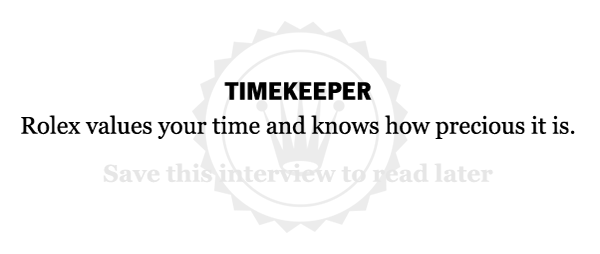
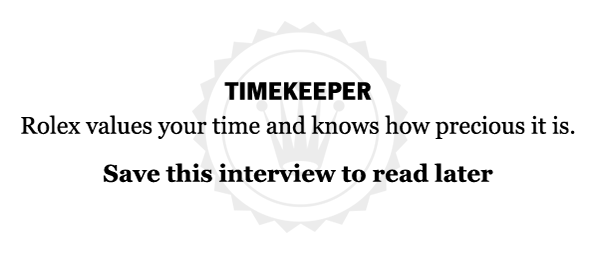
Short Profile
Name: Robert Rabensteiner
DOB: 27 June 1965
Place of Birth: Meran, South Tyrol, Italy
Occupation: Fashion Editor
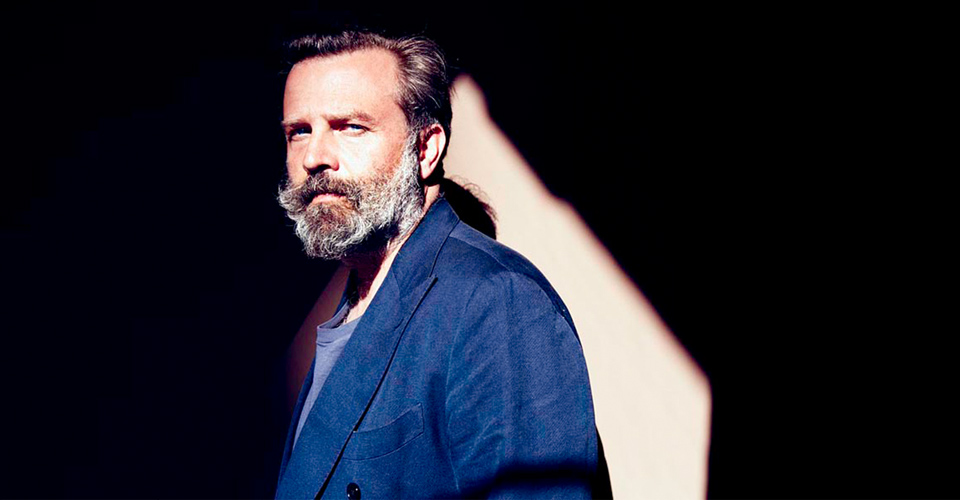
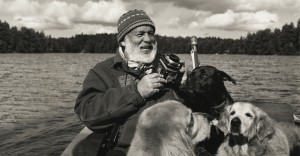
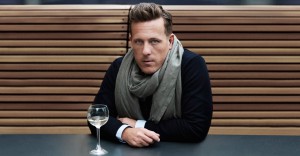
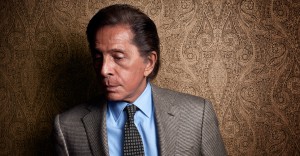

















Thank you for this interview. It’s incredible that men of such fashion magnitude and status considers nature as the main luxury and finds happiness in simplicity and moments of solitude.
And also I think it’s great that you found the links from his childohood that made him the creator and person he is. Thanks again